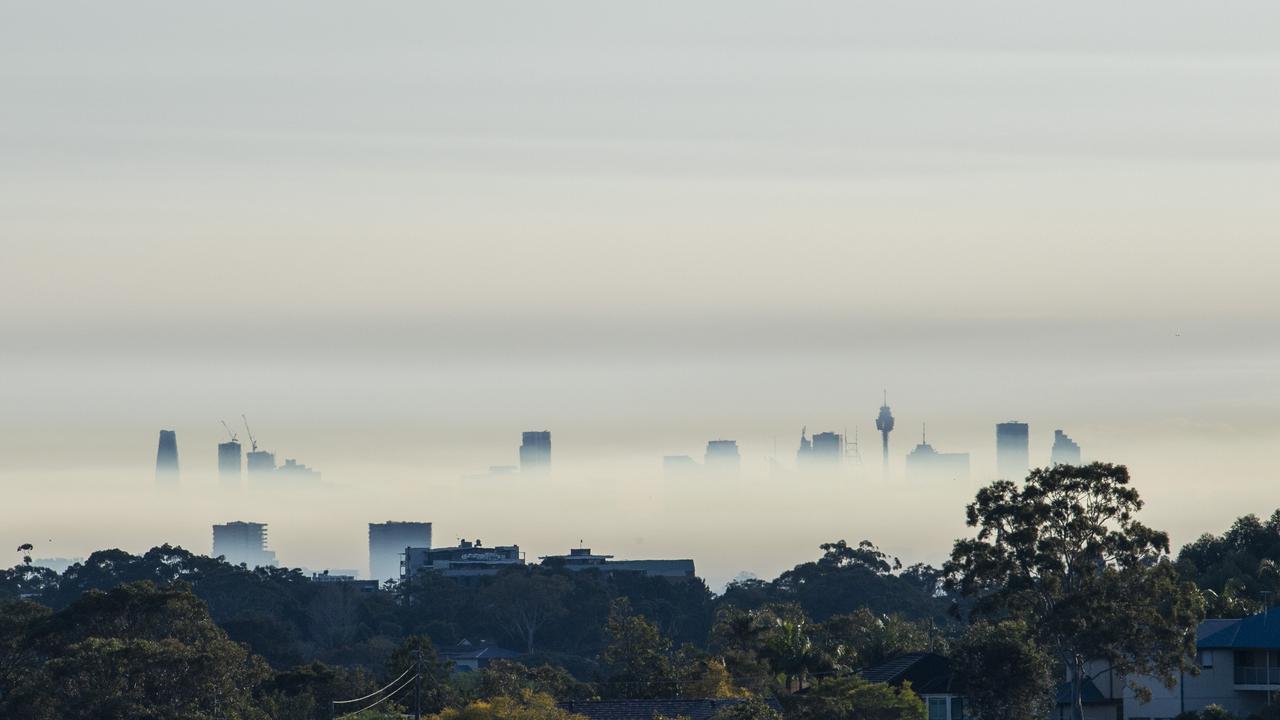Picture: Sensitive Choice by the National Asthma Council of Australia
In November 2016, Australia experienced one of the world's largest thunderstorm asthma epidemics when ten people died after developing breathing difficulties. This uncommon and potentially life-threatening occurrence emerges when high pollen levels coincide with a thunderstorm, provoking asthma symptoms even in individuals who have never had asthma.
This blog post delves into the signs to watch for during thunderstorm asthma events and offers practical strategies to prevent asthma attacks.
Understanding Thunderstorm Asthma
Thunderstorm asthma is a complex phenomenon, but it generally occurs when three critical factors coincide:
- High Pollen Levels: During Australia’s spring and early summer, pollen counts are often elevated, primarily due to grass pollen, which can trigger allergies and asthma symptoms.
- Thunderstorm Activity: Thunderstorms can rupture pollen grains into smaller particles, making them more easily inhaled. The storm's strong winds disperse these particles over a wide area, putting a large population at risk.
- Susceptible Individuals: People with asthma, hay fever, or other respiratory conditions are particularly vulnerable to thunderstorm asthma. However, even those without pre-existing conditions can experience symptoms during these events.
Symptoms to Watch for During Thunderstorm Asthma
Recognising thunderstorm asthma symptoms is crucial, as early intervention can be lifesaving. Common symptoms include:
- Difficulty breathing
- Wheezing – a whistling sound coming from the chest while you are breathing.
- A persistent cough
- Chest tightness
- Rapid or shallow breathing
- Increased use of reliever inhalers
Ways to Avoid Asthma Attacks During Thunderstorm Asthma Events
1. Use a Air Purifier
- Fortunately, when mitigating the risks associated with thunderstorm asthma, a top-tier air purifier is a valuable tool. The acclaimed line of Winix air purifiers offers a reliable answer to fostering clean and breathable indoor air. By harnessing the power of cutting-edge Hospital Grade HEPA filtration in combination with Winix PlasmaWave® technology, a Winix air purifier effectively purifies the air, eliminating hazardous PM2.5 particulate matter.
- Place a Winix Air Purifier in your bedroom, lounge, family room and other commonly used areas, especially if you have asthma or hay fever.
2. Use a Dehumidifier
- After a thunderstorm, excess moisture can linger, providing ideal conditions for mould growth. By using a dehumidifier. You can remove the excess moisture from the air, making it less conductive to mould growth.
- Thunderstorms can introduce contaminants and pollutants into the indoor environment. By using a dehumidifier, you can help improve air quality by reducing the humidity levels and promoting the removal of airborne particles and allergens.
3. Stay Informed
- Monitor pollen forecasts: Monitor pollen forecasts, particularly during the spring and early summer. The Melbourne Pollen Count is a valuable resource for this information. Track the Melbourne pollen daily here
- Check weather warnings: Stay informed about weather alerts and notifications issued by the Australian Bureau of Meteorology. Thunderstorm warnings can provide early indications of potential thunderstorm asthma events.
4. Prepare Your Medications
- Ensure you have your asthma medications and are use them as prescribed.
- If you have a reliever inhaler, keep it readily accessible, especially during thunderstorm asthma risk periods.
5. Stay Indoors
- If a thunderstorm asthma warning is in effect, it's advisable to stay indoors to minimise exposure to pollen particles.
- Keep windows and doors closed to prevent pollen from entering your home. A Winix Air Purifier will then help reduce negative bacteria and dust in your home while it is closed up.
Thunderstorm asthma events are unique and potentially dangerous. By staying informed, being prepared with medications, using air purifiers & dehumidifiers, and taking appropriate precautions, individuals with asthma or allergies can reduce their risk of experiencing severe asthma attacks during these events.
If you're determined to shield your family from the risk of thunderstorm asthma this season, we encourage you to explore Winix's comprehensive range of air purifiers online as well as our award winning Ausclimate dehumidifier range. Your family's health and well-being deserve the best protection, and together Ausclimate and Winix offers solutions to ensure you all breathe easier.
Check out this article here from our friends at the National Asthma Council’s Sensitive Choice program for some further information on Thunderstorm Ashtma



Leave a comment
This site is protected by reCAPTCHA and the Google Privacy Policy and Terms of Service apply.